Of healing springs and aristocratic diversions
Habsburg Women on the Road in Hungary and Slovakia
In the 19th century, as a lady of the world - whether with a title of nobility or not, the main thing was that one was financially liquid enough - it was appropriate to travel abroad for a few weeks every year to take a cure. If one had an appropriately large empire at one's disposal, one could even stay in one's own k&k lands. In addition to the Austrian destinations of longing, such as Bad Ischl, Reichenau an der Rax or Bad Gastein, there were also numerous spas in Slovakia and Hungary that our Habsburg women loved to visit.
But why exactly did people go to the spa, and what did courtly women expect from it? And what do spas have to do with Habsburg passions?
Much more than these might suggest at first glance - come with us on a journey to places that, in addition to classical wellness, also offered opportunities for female development! The fact that many Habsburg women associated relaxation and passion with places that did not serve spa purposes enriches the imperial-royal travel experience all the more.
Before we move on to today's Slovakia, which at that time still belonged to Hungary, we would like to refer to the Austrian town of Reichenau an der Rax as a link to Part 1 of this series - a place that is only a stone's throw away from Vienna.
Not only did the imperial children, including Elisabeth and Franz Joseph, spend a few weeks in Reichenau during the summer, but the emperor's brother Karl Ludwig also had the Villa Wartholz built. However, Maria Annunziata died of pulmonary tuberculosis the year before its completion and was no longer able to take a cure in Reichenau.
A few years earlier, after the birth of her son Otto in 1865, the wife of the emperor's brother had already displayed inexplicable mood swings - from sky-high jubilation to deathly sadness. Was it simply her Italian temperament, which was so ill-suited to the Austrian court; was she uncomfortable in her marriage to Karl Ludwig, who was considered boring, or was she suffering from postnatal depression? Although purely speculative, Maria Annunziata's health does not seem to have been positively affected by her confinement in the courtly corset either. In any case, she passed on her temperament to her son Franz Ferdinand, in addition to the tuberculosis that killed her. But for a man in the 19th century, the latter was a far less tragic attribute!
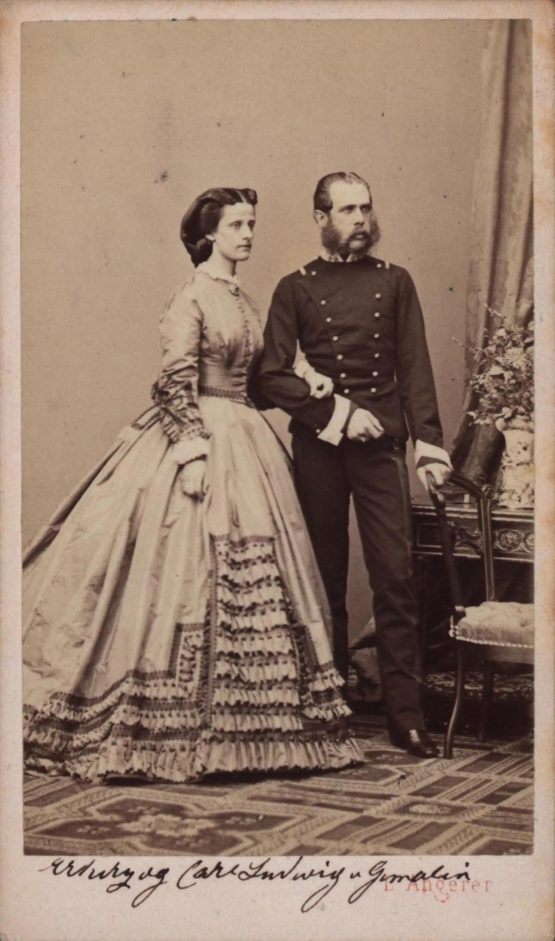
For Maria Annunziata's sister-in-law Empress Elisabeth, the spa stays for which she is already notorious were a kind of salvation far from the stiff Viennese etiquette. During a cure, she was able to indulge in the art of poetry, learn new languages, go for brisk walks - all without worrying about courtly gossip. Even on (spa) trips, Elisabeth liked to take to her heels and march around for hours. Particularly in her later years, this urge to travel took on immense proportions.
There was no such thing as bad weather for Sisi, as she appreciated nature in all its forms - much to the chagrin of the ladies of the court accompanying her! This was absolutely untypical for the time, in which women always protected themselves from rain, storms and the like with umbrellas or sitting in carriages. Elisabeth was a true bird of paradise in what she demanded of her body - be it in terms of maintaining her beauty or her physical resilience - and was happy to transcend the female boundaries of the 19th century.
The various beauty remedies Sisi tried range from gschmackig-sounding to bizarre: her hair was washed in a daily procedure with a mixture of egg and cognac, raw veal was placed on her face and waist to have an antioxidant and thus rejuvenating effect here. Taking care of one's appearance was a passion that was virtually expected of ladies of the aristocracy: Elizabeth's daughter-in-law Stephanie of Belgium, for example, had maids employed to care for her dresses, and they were there solely for this task. Aristocrats like Elisabeth or Stephanie were, so to speak, the influencers of their time - all the things that seem so modern and aloof to us today also existed in the 19th century!
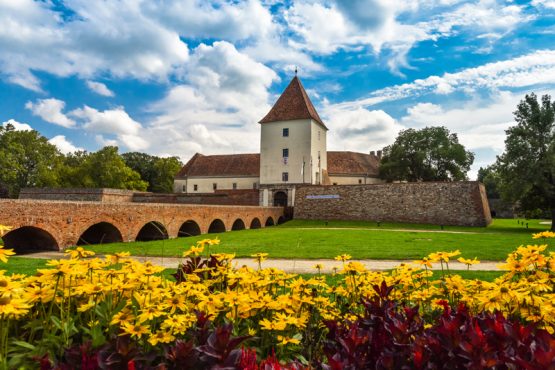
From Reichenau an der Rax, we travel to Sárvár in Hungary, a place where a noblewoman once lived who trumps Elisabeth's cult of beauty: her namesake Erzsébet Báthory, the so-called Blood Countess . A delicate, dark-haired, thoroughly attractive appearance, if paintings are to be believed. The Báthorys were among the enemies of the Habsburgs. The countess was said to be responsible for the murder of some 600 young girls, in whose blood she subsequently bathed to rejuvenate her skin. Did the passion for anti-aging clearly go too far here, or was it, as some historians suspect, slander and intrigue on the part of the House of Habsburg, which ultimately brought about the condemnation and imprisonment of the Blood Countess? After all, Erzsébet - very unusual for the 17th century in which she lived! - was the head of the family after the death of her husband and managed the immense fortune of the Báthory-Nádasdys, with numerous estates in Hungary, Slovakia and Austria. Who had no enemies there... In any case, also the Castle Nádasdy Castle in Sárvár Spa belonged to the estate of the legendary Blood Countess. Among other things, you can see a baroque banquet hall with paintings that show the husband of the Blood Countess, who was appropriately known as the Black Knight , as the victor on the battlefield. Absolute Gothic feeling guaranteed!
By the way, from 1875 the castle belonged to Empress Elisabeth's family, the Wittelsbachers. Via Archduchess Marie-Therese of Austria-Este, born in Brno in the Czech Republic and married to the future King Ludwig III from 1868, the castle came into Wittelsbach ownership. Her passion was again botany, about which she even wrote scientific articles. At the end of the 19th century, she also made Nádasdy Castle blossom into an agricultural and forestry enterprise of the first order! One more reason to trace the female traces of the castle during a visit.
So back to our Sisi, and off we go to Gödöllö: Although not a spa, the Gödöllö Castle near Budapest was more than salutary for Elisabeth. She had been flirting with the castle for some time; after all, the Hungarians gave it to the newly crowned royal couple in 1867. In Gödöllö, the empress galloped across the sands of the Puszta, enjoyed nature and completed difficult par force hunts that would never have been possible in her native Vienna. Likewise, a separate manege was built for Sisi in the palace so that she could perfect the style of the High School and practice circus tricks. The emperor viewed all this with a twinkle in his eye, knowing that his Elisabeth needed this untamed freedom to come a little closer to happiness. According to Brigitte Hamann, for example, he said while in Gödöllö that the empress would perform as a trick rider in the evening, while he acted as stable master. Sisi was surrounded only by people she had chosen. People admired the dashing empress, who seemed to fearlessly lead all hunts. Today, Sisi's riding school is used by the palace team for cultural events.
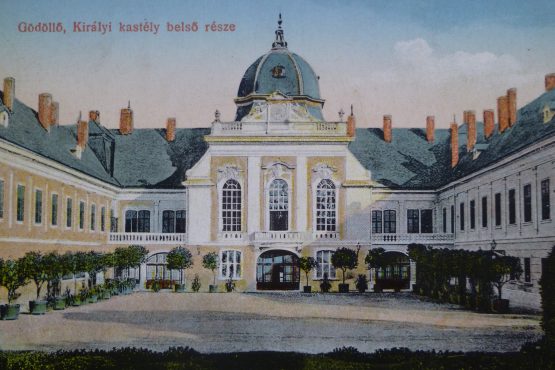
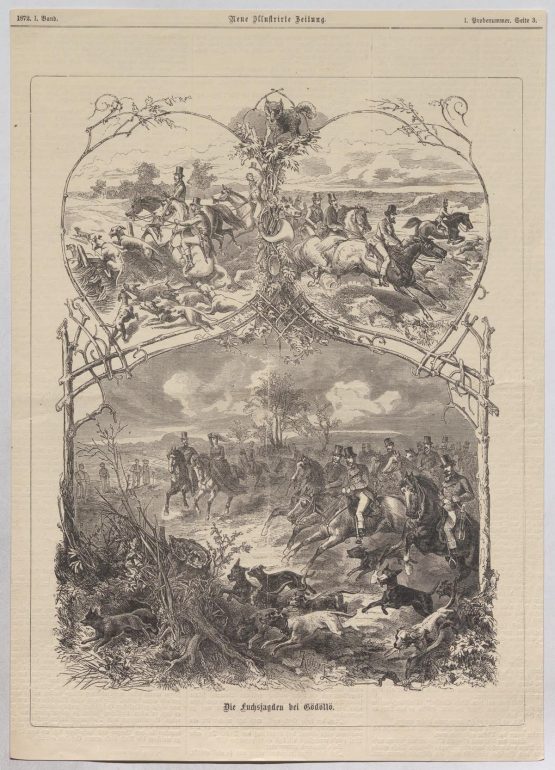
Empress Elisabeth is revered to the highest degree in Hungary to this day. But why did Sisi stand up for the Hungarian people in particular? Brigitte Hamann traces her origins to Elisabeth's dislike of her mother-in-law and the Viennese court. Here, mainly Bohemian noble families were represented, and Archduchess Sophie expected her daughter-in-law to show her warmest side towards the Bohemians. So here, too, it was Elisabeth's rebellion that drove her toward Hungary. From today's perspective, we can only applaud her, for what noblewoman in the 19th century dared to act so vehemently in opposition to her husband's family? In addition, Sisi's passion for Hungary and its people naturally meant that they also paid homage to Elisabeth and were much more similar to her in temperament than the cool Viennese nobility. If one takes in addition the castle Gödöllö and its manifold possibilities for living out the imperial passions, it becomes clear and understandable why Elisabeth had taken the Magyars so much to her heart!
Sisi's passion for men was known to be limited, even if she did have more than friendly feelings for one particular Hungarian gentleman: Count Gyula Andrássy. The latter came from Košice in Slovakia , which made a name for itself as a cultural capital in 2013 and captivates with its quaint k.&k. charm. Elisabeth's confidant was buried in the Andrassy Palace and even today Slovakia's second largest city is adorned with the neo-baroque building, which is decorated with the coat of arms of the influential families. This beautiful national cultural monument is a must-see! By the way, there is also a pizzeria in the magnificent building, so you can spend some time here in peace. Without Andrássy, who further inflamed Sisi's passion for all things Hungarian, and the resulting correspondence between the two, there might not have been a settlement with Hungary, and the monarchy would have come to an abrupt end before 1918. Personal preferences became quite political in this case!
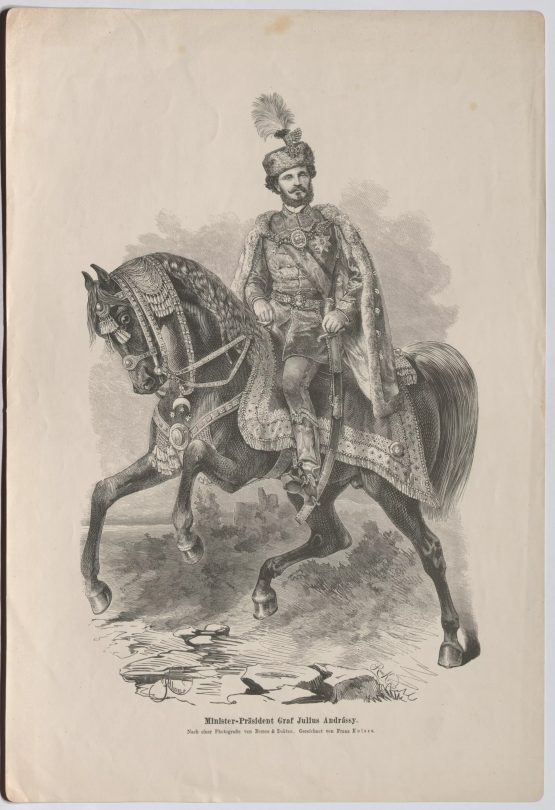
From Košice, we travel along the paths of the Habsburgs with Sisi to Bardejovské kúpele in Slovakia, just a stone's throw away. Elisabeth already appreciated the spa town, known for its mineral water and surrounded by dense forests in the valley, and stayed there toward the end of her life in 1895. Today, a statue near the architecture museum commemorates the fascinating empress, and an Elisabeth memorial room can be visited for a small fee in the hotel named after her directly opposite. An absolute insider tip for Sisi fans!
Let my tips inspire you to explore the hidden places of the Habsburg Monarchy mentioned here. And who knows: Maybe Bád Sárvar, Gödöllö and Co. will awaken unrecognized passions in you, as they once did for Sisi and Co.
Julia Meister studied German and English in Berlin and researches female social history of the 18th/19th centuries, from the nobility to the bourgeoisie. Although she is an enthusiastic connoisseur of Empress Elisabeth, she does not lose sight of lesser-known Habsburg personalities.
Her main occupation so far has been to look after the Marienfließ monastery in Brandenburg as a historian and in marketing matters. There, she created a bilingual audio guide and led interested groups around the monastery grounds.
https://www.blog.der-leiermann.com/vergessene-habsburgerinnen/
www.textrose.de
"Andrássyho palác (Košice)." Online: https://cs.wikipedia.org/wiki/Andr%C3%A1ssyho_pal%C3%A1c_(Ko%C5%A1ice) [10.01.2023].
"Andrassy's Palace." Online: https://www.kosice.sk/city/andrassys-palace [10 Jan. 2023].
Butz, Ursula: Habsburg as a Tourist Magnet. Monarchy and Tourism in the Eastern Alps 1820-1910. Online: https://www.vr-elibrary.de/doi/10.7767/9783205213741.55 [22.12.2022].
"A Murderous Blood Countess, the Last Bavarian King, and the First Hungarian Book." Online: http://www.pressegroup.com/wp-content/uploads/2020/02/Presseinformation-Historie-S%C3%A1rv%C3%A1r.pdf [03.01.2023].
"Elisabeth Báthory." Online: https://de.wikipedia.org/wiki/Elisabeth_B%C3%A1thory [03.01.2023].
Fellner, Sabine and Katrin Unterreiner: Rosenblüte und Schneckenschleim. Beauty Care in the Time of Empress Elisabeth. Vienna 2006.
"Franz-Ferdinand of Austria-Este." Online: https://de.wikipedia.org/wiki/Franz_Ferdinand_von_%C3%96sterreich-Este [22 Dec. 2022].
"Gyula Andrássy." Online: https://de.wikipedia.org/wiki/Gyula_Andr%C3%A1ssy [10 Jan. 2023].
Hamann, Brigitte: Elisabeth - Empress Against Her Will . Munich 1998.
"Bardejov Spa." Online: http://heilbad-slowakei.biznisweb.sk/de/heilbad-slowakei/bardejov-heilbad/ [27 Dec. 2022].
Königs, Larissa: "In Slovakia. On the Trail of Elisabeth Báthory - the Most Notorious Serial Killer of All Time." Online: https://www.travelbook.de/orte/scary-places/burg-schachtitz-elisabeth-bathory [03.01.2023].
"Košice." Online: https://de.wikipedia.org/wiki/Ko%C5%A1ice [10 Jan. 2023].
Art in Exile. The Wittelsbachers in Sárvar, the last residence of King Ludwig III of Bavaria. Ed. by: Neumeister. Munich 2021. Online: https://www.neumeister.com/fileadmin/user_upload/pdf/PDF_Magazin_3_2021_Kunst_im_Exil_Die_Wittelsbacher_in_Sarvar__dem_letzten_Aufenthaltsort_von_Koenig_Ludwig_III._von_Bayern__1845_Muenchen_-_1921_Schloss_Nadasdy__2_.pdf [10.01.2023].
"Bardejovské kúpele Spa." Online: https://slovakia.travel/de/kurort-bardejovske-kupele [27.12.2022].
Lindinger, Michaela: Elisabeth Petznek. Red Archduchess - Spiritist - Scandal Princess. Vienna 2021.
"Maria Annunziata of Bourbon Sicily." Online: https://de.wikipedia.org/wiki/Maria_Annunziata_von_Bourbon-Sizilien [22 Dec. 2022].
"Marie-Therese of Austria-Este." Online: https://de.wikipedia.org/wiki/Marie_Therese_von_%C3%96sterreich-Este_(1849%E2%80%931919) [10.01.2023].
"Nádasdy Castle." Online: https://de.wikipedia.org/wiki/Schloss_N%C3%A1dasdy [03.01.2023].
"Sisi Memorials." Online: http://eichinger.ch/eichifamilyhom/Sisi/Sisi-Gedenkstaetten.htm [27.12.2022].
"Tips from the 19th century. Ingenious, whimsical, dangerous! The Beauty Routine of Empress Sissi." Online: https://www.stylebook.de/skincare/kaiserin-sissi-schoenheitsgeheimnisse [03.01.2023].
Winkelhofer, Martina: Sisi's Way. Empress Elisabeth's First Years at the Viennese Court. Munich 2021.
